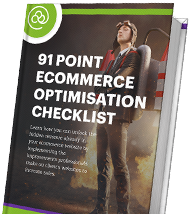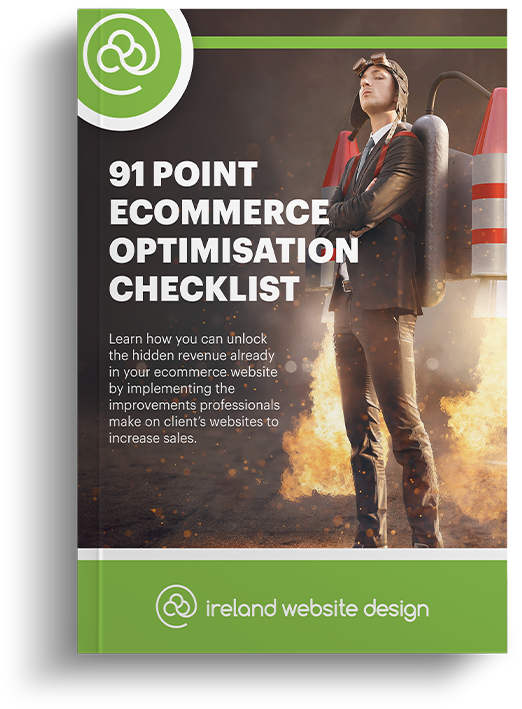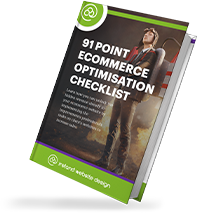Visiting a website that loads slowly is painful. You just want to quickly check a few things and in the end, you spend more time waiting for the website to respond than actually looking at information on the website.
Not only is slow speed annoying, but it could scare away potential customers. So here are 8 tips for a Joomla-based website to improve speed. Those tips can also be applied to other Content Management Systems, but since Joomla is the most popular, we decided to go for this.
1. Check Site Performance using Google PageSpeed Insight
Most browsers offer development tools to check the loading time of all elements of a website. This is good to have a first glance at loading times. You can identify elements that might get loaded from external websites and therefore take longer to load. But your connection to the internet might be slow or dependant on the load of your local network.
So in order to have comparable results, you should use Google PageSpeed Insights. By typing in your URL there, you can make sure that the performance of the viewer (Google) is very good and more important, consistent. Also, it will not only show you loading times but give you a score for different aspects of the website, state possible issues with your website and help you fix them.
2. Update Joomla and Extensions
This is the simplest thing to do and you should do it right away. Joomla will notify you on the Control Panel about an update. To update extensions, go to Extensions > Manage and click Update on the sidebar on the left. Old versions of plugins or Joomla can not only slow down the website but also cause a major security risk. Most CMS websites that got hacked had vulnerable plugins.
3. Keep Joomla clean
Remove all plugins which you no longer use from Joomla. This not only makes managing the plugins easier but will also improve the general performance of the backend. When you choose new plugins for your site, also keep an eye on the reviews. Check if people experience a longer loading time when using a plugin.
4. Enable Compression
All modern browsers accept gzip compressed content. It can reduce the size of the content by 75% or more. It is lossless compression. Unlike most ways of compressing an image where you lose a little bit of quality, the compressed HTML can be fully restored. Using this feature can save users a lot of data usage.
To enable this feature in Joomla, simply go to System > Global Configuration and click on the Server tab. Set Gzip Page Compression to Yes and save the configuration.
You can use a website like checkgzipcompression.com to validate if the compression feature is used. It will also tell you how much you saved. If this feature isn’t working for you, it might not be enabled on your webserver. Please contact your hosting provider if you think this is the case.
5. Enable Joomla Caching
Joomla is a database-driven CMS. When a browser requests a page from the server, Joomla will look into the database to gather every piece of information needed to display the page. Since there are many database requests required, it can slow down the page assembling process significantly. The solution to this is called caching. So the next time somebody visits a page, Joomla will assemble the page and then save the HTML code. The next time somebody visits the same page, Joomla doesn’t have to look up anything in the database and just deliver the already assembled page. This saves a lot of time in the backend and will reduce the response time of the webserver significantly.
So to enable this in Joomla, go to System > Global Configuration and click on the System tab. Select ON – Conservative caching from the dropdown menu called Cache. If your site is rather small you can also enable Progressive caching. Then go to Extensions > Plugins and search for System – Page Cache. Enable this plugin by clicking on the red cross.
6. Optimize CSS and JavaScript
CSS and JavaScript files often contain unnecessary lines, comments, and blank spaces. By removing these, you can get the most out of your website. In Joomla, settings to compress CSS and JavaScript can usually be found in the Advanced tab of the template. You can find the template by clicking on Extensions > Templates. The template in use is marked with a green checkmark.
7. Image Optimisation
While more compact CSS and JS code usually only makes a slight improvement, making images smaller will make a huge difference. There are two main ways to tackle this:
Having images ready in appropriate sizes
If an image is only displayed in a 100×100 pixel container, make the image only 100×100 pixel big. There is no need to have a huge image and then let the browser scale it down. If you want to have a gallery with little thumbnail pictures that expand when you click on them, provide two different images on the server with two different sizes. This will create a bit more work for you, but the visitors to your page will be grateful.
Compress images with Photoshop
Professional picture editing software like Adobe Photoshop will allow you to save jpeg images with a specific quality. In Photoshop you can even click File > Save for Web. By doing this you can make sure right away that the image will still look good.
The correct way to handle image optimization is resizing the image to an appropriate size and then reducing the quality a little bit. A small quality reduction will have little influence on the picture but a huge influence on the file size.
8. Choosing a good Hosting Company
So you did all that and your website is still loading slowly? Maybe your current hosting company just can’t offer you the service your business needs then. There are thousands of web hosters out there. But investing a bit more money and not choosing the cheapest often is a good option. Also, try to find out where the actual server location is. Local hosting will also give you a benefit if you mostly target users from one country.




